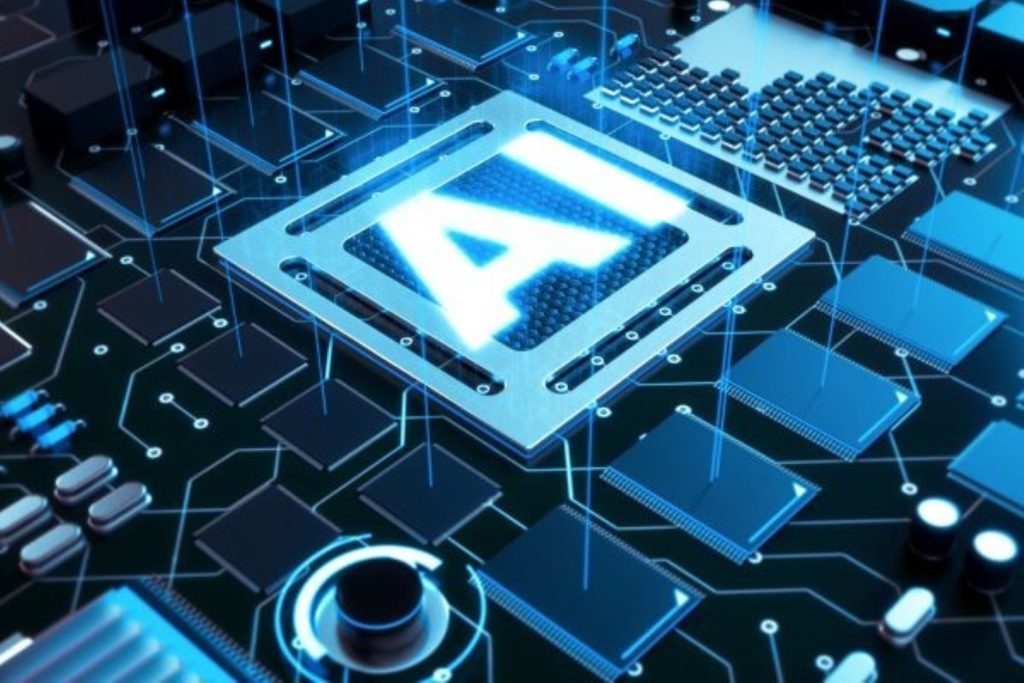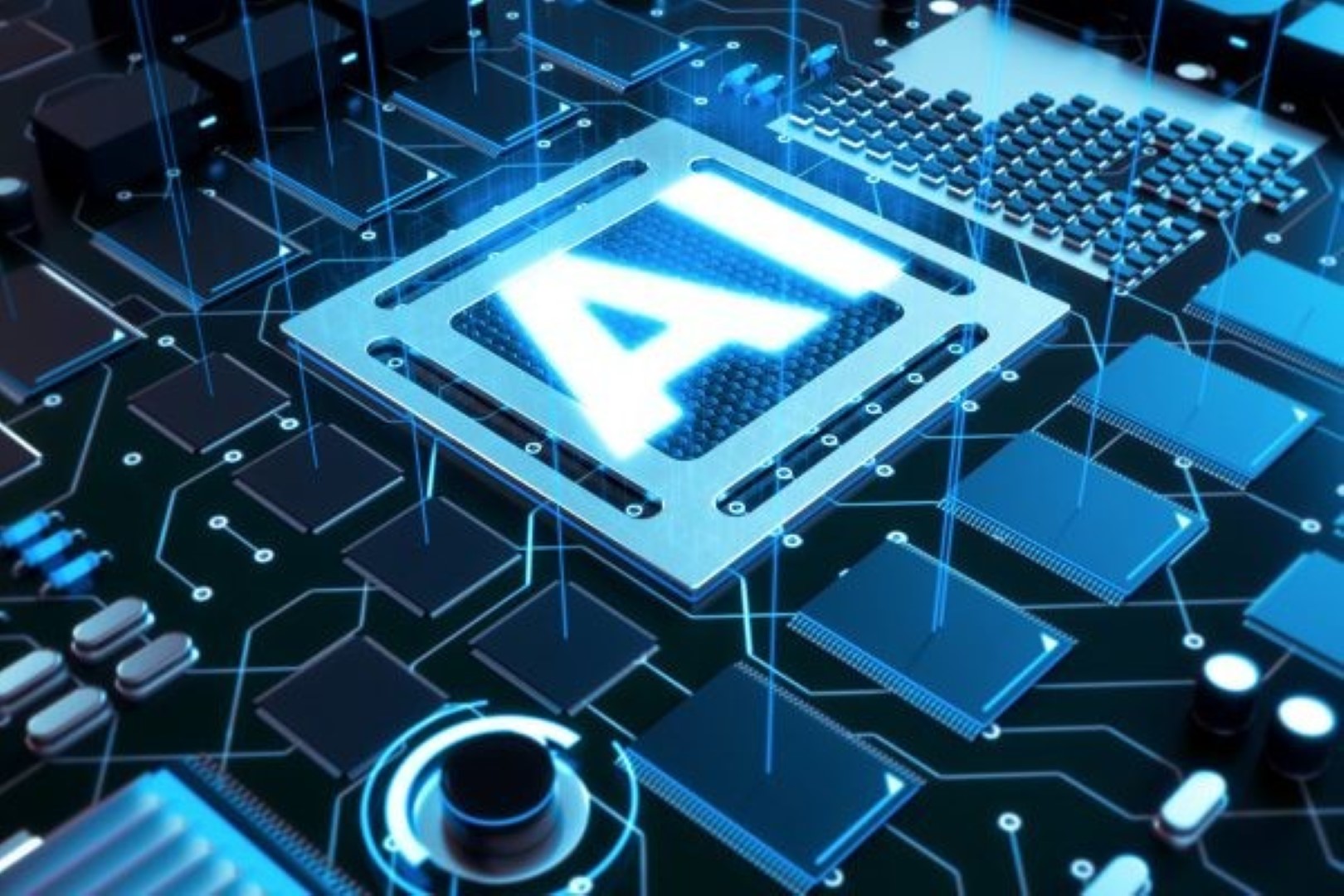
Published on 1st August 2023
Introduction
The modern world is moving towards advanced technologies and smart solutions to perform tasks more easily and effectively. It is well-known that software is used for defined purposes and can be customized to perform specific tasks. That’s why software development is gaining a lot of attention with the integration of Artificial Intelligence (AI). AI technology enhances how codes are written, designed, and maintained. It is an era of “Coding Tomorrow,” in which AI significantly changes programming mechanisms and makes it easy and convenient for developers to code. AI in coding is like a skilled assistant that helps the developer streamline tasks and boost overall efficiency.
Moreover, AI-powered coding assistants are also making the coding process faster and easier as they analyze patterns, predict the next steps to be performed, and help developers craft high-quality code. AI also influences software design, as machine learning algorithms shape the architecture as well as the functionality of applications. When these algorithms and the creativity of humans are combined, the doors to innovation are opened in software development.
AI-Powered Coding Assistants
AI-powered coding assistants are helping developers craft code effectively in the changing dynamics of software development. These assistants are like smart helpers who understand the nature of the code, comprehend the reason behind coding tasks, offer suggestions, and help speed up the whole process. They use Artificial Intelligence (AI) to analyze patterns and predict further coding steps so that high-quality code can be developed along with positive outcomes. These assistants are also considered collaborative partners in the developers’ coding journey as they help enhance efficiency by automating repetitive tasks. This allows the software developers to focus on more complex tasks related to software creation. With the help of AI, coding becomes more convenient as the coding assistants learn from the patterns and writing styles of the developer.
AI-powered coding assistants help suggest the next coding lines and provide insights regarding optimizing algorithms. It can be said that coding is made more accessible by these assistants, especially for fresh software developers, which means they are new in software development. The major goal is to simplify the coding process by making it user-friendly and efficient.
Machine Learning in Software Design
Today, machine learning is reshaping the context of software design by supporting innovation and efficiency. It means that in software design, ML includes using smart algorithms that play a vital role in improving the design and functionality of applications. It is like having a digital design partner that helps in enhancing the overall user experience. One of the most important features of ML in software design is providing a user-friendly interface. ML algorithms analyze user behavior and then predict user preferences accordingly, which allows software engineers to create interfaces according to user expectations.
Moreover, the performance of the software is also enhanced by the integration of ML. When coding patterns are defined and done smoothly, it boosts the efficiency of the applications. It also results in making the software more responsive. In addition, automation is also supported by machine learning in software design; for instance, it can help suggest designs or generate code snippets based on past projects. This accelerates the design process and offers creativity in software design.
Intelligent Code Analysis with AI
Intelligent Code Analysis with the integration of AI is considered one of the best initiatives to encourage advancements in software development. Here, AI plays the role of a smart assistant by providing quality and detailed insights into the functionality and quality of code. It is like having a knowledgeable companion who understands the code context and evaluates the overall structure by identifying potential issues and suggesting different ways to improve the coding process. This smart analysis is different from the traditional analysis method as AI explores the details of the codes and provides the developers with information regarding the strengths and weaknesses of the code. It means this assistant reviews the code written by the developer, and informed feedback is provided so that changes can be made if necessary.
One of the major benefits of Intelligent Code Analysis is that it can detect errors and inefficiencies in the code. It means the developer comes to know about the issues in the software in the development process. With the implementation of AI, developers can easily identify bugs in the code along with the areas of optimization and security vulnerabilities. This way, potential issues can be dealt with, and challenges can be overcome promptly. In addition, a collaborative environment is created by AI-driven analysis between smart tools and the developers. Thus, it supports continuous improvement and ensures the final product meets high-quality benchmarks.
Algorithmic Creativity in Coding
In coding, algorithmic creativity is considered an innovative approach where all the algorithms are related to efficiency and logic. This leads to encouraging innovation and creativity in the process of software development. It can also be defined as a field of computer science that aims to generate creative content with the help of algorithms. This creative content may include code, music, images, text, or anything else that can come with unexpected results. These algorithms aim not just to solve problems but also to generate innovative solutions to deal with coding solutions. These algorithms are like creative partners that help suggest inventive code structures, contribute to the ideation phase of development, and propose alternative solutions. Algorithmic creativity allows the developers to focus on innovation instead of conventional coding methods.
Algorithmic creativity comes with several features and applications; one of the most significant is code generation. Here, algorithms are helpful for the developers to automate the creation of code sections based on specified parameters. This not only makes coding easy but also leads to introducing fresh perspectives, which helps developers focus on effective coding patterns. Algorithmic creativity also includes Generative Adversarial Networks (GANs), which are two neural networks pitted against each other to create original and realistic content, which in turn can be used for generating videos and images. Moreover, Machine Learning can also be used for learning and analyzing patterns from existing creative works so that new content can be created in similar genres or styles.
AI for Efficient Error Handling
Error handling can be defined as one of the most important tasks to perform, especially regarding software development. Countless hours are spent by the developers to manually log, analyze, and resolve errors, slowing down the development process as a whole and frustrating the users. But, with the introduction of AI in coding, this issue has been resolved in no time as it promises proactive, more efficient, and faster error-handling solutions. People want to know how AI handles errors efficiently, so it is important to consider the involvement of Machine Learning algorithms, the importance of predictive maintenance and root cause analysis, self-healing systems, and many more.
For instance, AI not only identifies the errors but also finds the reasons behind those errors. It might also predict the upcoming issues to prevent future headaches. Sometimes, AI suggests or implements solutions automatically for fixing errors, including rerouting traffic or adjusting configurations. The self-healing systems can also lead to automation of the process so that downtime can be minimized along with the user impact. Moreover, AI can also personalize error messages so that the users are provided with actionable and clear information regarding a specific situation. This enhances the user experience and helps gather valuable feedback from the users to improve the software.
Low-Code AI: Redefining Accessibility
Today, low-code AI platforms are removing the barriers related to coding and software development. The power of AI can be combined with pre-built components and user-friendly visual interfaces so that a wide range of individuals can be empowered. These individuals may range from seasoned coders to citizen developers, as they can get help to create innovative solutions without requiring deep coding knowledge. Low-code AI plays an integral role in simplifying the development process with the help of drag-and-drop interfaces and Natural Language Processing (NLP). Drag-and-drop interfaces allow the users to assemble the applications visually by dragging and dropping the pre-built components. In this way, the need to write manual coding is diminished, accelerating the overall development process. At the same time, NLP-integrated platforms can interpret the users’ instructions in plain language, making it easier to create applications without any technical knowledge. Some other benefits of low-code AI include enhanced developer productivity, empowered citizen developers, expanded AI reach, and many more.
Ethical Coding in the AI Era
As software development advances daily, it is also necessary to focus on ethical considerations for supporting ethical coding in the world of AI. Ethical coding can be defined as a framework for approaching the software development process with a mindful awareness of the creations’ individual and societal impacts. It raises questions regarding different factors and aspects of AI algorithms, such as bias and fairness, transparency and explainability, privacy and security, and accountability and responsibility. When implementing ethical coding practices, they present a number of challenges, such as technical complexity, competing priorities, and lack of standards and regulations. So, it is important to develop effective strategies to address these challenges effectively and efficiently. These strategies include data governance for maintaining the quality of data and protecting user privacy, building inclusive and diverse development teams to identify and mitigate potential biases in AI systems, encouraging transparency in AI decision-making processes for developing trust among the users, etc. Thus, ethical coding is a continuous journey, so it is necessary to keep learning about its related practices and strategies.
Conclusion
To sum up, coding dynamics are changing in this modern world with the integration of Artificial Intelligence. Software development has become easier with the integration of AI as it is enriched with intelligent code analysis, machine learning, and AI-powered coding assistants, which are all helpful in running codes smoothly and detecting errors at the early stages of development. The above article has explained how AI shapes the software development industry and how creativity and innovation are supported.




